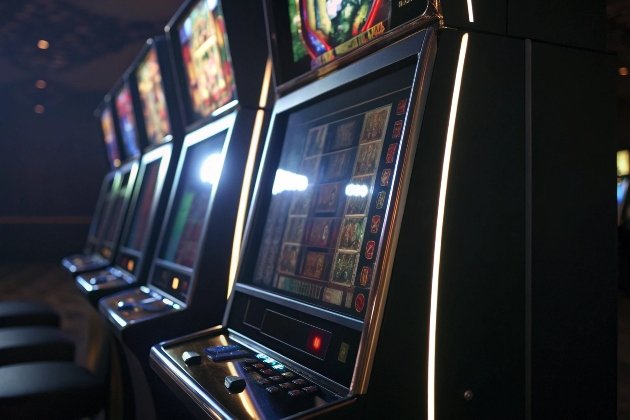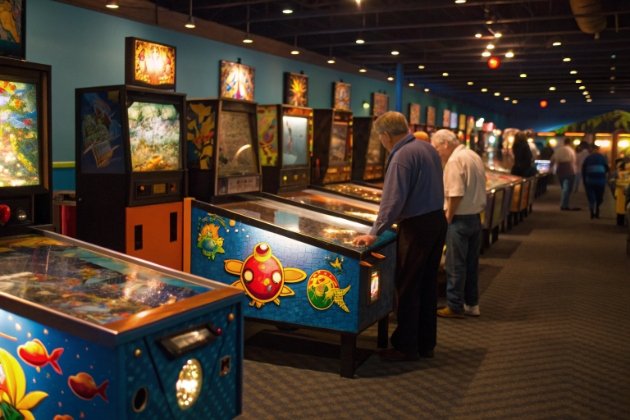I’ve seen venue owners struggle with poor display quality that kills the excitement of a great game. I know how frustrating it is when screens look dull or outdated.
Yes, gaming cabinet displays and resolutions can be fully customized to suit your venue’s design, player preferences, and lighting conditions. 1 You can choose different screen sizes, resolutions, and configurations that best match your space and customer experience goals.
If you’re thinking about upgrading your setup or designing new cabinets, this guide breaks down every aspect of display customization—from screen type to energy efficiency—so you can make the best choice for your venue.
Can I Request High-Resolution Displays for Better Graphics?
I often meet venue owners who want the games in their arcade to look more vivid and realistic. I know how much display clarity affects how long players stay.
Yes, you can request high-resolution displays, including Full HD, 4K, and even 8K options, depending on the game type and your budget. 2 Higher resolutions enhance visual clarity and color accuracy, creating an immersive gaming experience that players notice immediately.
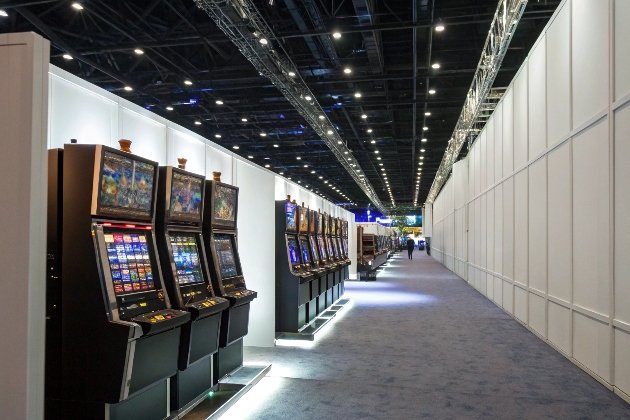
When choosing screen resolution, consider both the visual demand of your games and the physical space of your cabinet. For example, fast-paced fish games benefit from high refresh rates (120Hz or above), while slot-style or casual games perform well on standard 60Hz panels. 3 Modern LED and OLED screens deliver superior contrast and color depth, especially for venues with darker interiors.
Resolution Comparison Table
| Resolution Type | Pixel Dimensions | Best For | Visual Quality |
|---|---|---|---|
| HD (720p) | 1280 × 720 | Small cabinets or budget setups | Basic |
| Full HD (1080p) | 1920 × 1080 | Most standard gaming cabinets | Sharp |
| 4K UHD | 3840 × 2160 | Premium or multiplayer cabinets | Ultra-Crisp |
| 8K UHD | 7680 × 4320 | Large showcase screens | Exceptional |
High-resolution displays also allow for more detailed animations and smoother transitions, giving your venue a modern, professional look. 4
How Do You Ensure the Display Quality Is Optimal for Various Lighting Conditions?
Some gaming venues have bright overhead lights, while others are dim and moody. I’ve seen both ruin a great game’s visibility when displays aren’t calibrated properly.
Display quality can be optimized through brightness control, anti-glare coatings, contrast adjustment, and color calibration based on your venue’s ambient lighting. 5 This ensures clear visuals under both bright and dim environments.
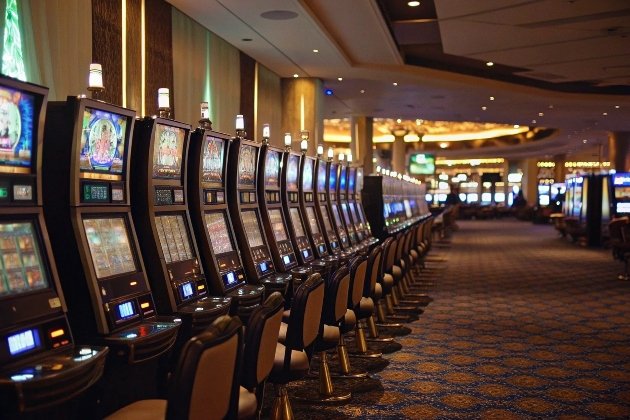
To handle different lighting, most modern displays include automatic brightness adjustment and ambient light sensors. Anti-glare or matte coatings prevent reflections, while HDR technology enhances color depth. You can also request custom brightness limits to match your specific lighting setup. 6
Display Optimization Techniques
| Technique | Description | Benefit |
|---|---|---|
| Anti-Glare Coating | Matte finish reduces reflection | Clear visibility under lights |
| Adaptive Brightness | Auto-adjusts to environment | Consistent image clarity |
| HDR Display Mode | Boosts contrast and dynamic range | Vivid, realistic colors |
| Color Calibration | Matches screen color profiles | Consistent look across units |
The right setup means players can see every motion, even during intense gameplay. When display settings are tuned properly, your games will look equally great in a bright lobby or a dark arcade room.
Can I Choose Screen Sizes and Resolutions for Different Venue Needs?
Every venue has its own layout. I’ve seen owners waste valuable floor space because the cabinet screens didn’t fit well with their setup.
Yes, you can customize screen size, aspect ratio, and resolution based on your venue layout and player capacity. 7 You can mix compact single-player units with large panoramic cabinets to balance space and engagement.

Small cabinets typically use 19–27 inch screens, while larger cabinets or multiplayer setups may use 43–85 inch displays. The most common aspect ratio is 16:9, but vertical formats like 9:16 are gaining popularity for mobile-style or portrait games.
Screen Size and Space Planning
| Cabinet Type | Screen Size | Recommended Resolution | Required Floor Space |
|---|---|---|---|
| Single Player | 19–27 inches | Full HD (1080p) | 3–6 sq. ft |
| 2–4 Players | 32–43 inches | 4K UHD | 8–12 sq. ft |
| 6–10 Players | 55–85 inches | 4K–8K UHD | 15–20 sq. ft |
Larger screens attract attention and encourage social play, while smaller ones are better for compact setups. 8 Professional manufacturers design screen placement and resolution to maximize visibility without overcrowding your floor.
How Do You Ensure the Displays Are Energy-Efficient?
As energy costs rise, I often hear venue owners complain about electricity bills from running multiple gaming cabinets all day.
Energy-efficient displays are built using LED or OLED panels with intelligent power management systems that reduce consumption by up to 30–50% compared to older LCD screens. 9 This helps you save energy while maintaining brightness and image quality.
LED and OLED technologies consume less power and generate less heat. You can also request displays with automatic sleep modes, brightness timers, and standby settings that activate during idle hours. These small adjustments lead to significant long-term savings.
Can I Add Advanced Display Features Like Touchscreens or Curved Panels?
Some venue owners want more than just standard screens—they want to create immersive, futuristic experiences. I’ve seen how a curved or touchscreen display can make players feel closer to the action.
Yes, you can integrate advanced display features like curved panels, touchscreens, or multi-monitor setups depending on the game type and venue design. 10 These options enhance interactivity and player engagement, giving your venue a premium edge.
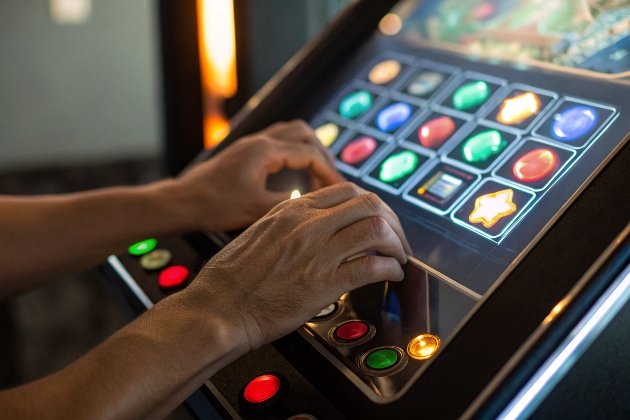
Curved displays are great for panoramic games or multiplayer fish tables, as they widen the field of view. Touchscreens are ideal for interactive or skill-based games, providing tactile feedback and intuitive controls. Some venues even combine both features in hybrid setups for maximum immersion.
Conclusion
Choosing the right display setup transforms your venue’s gaming experience. Customizable screens, efficient designs, and high-resolution visuals keep your players engaged, your costs down, and your venue ahead of competitors.
Footnotes
- Display customization overview from Arcade Design Insights. ↩︎
- High-resolution display options by DisplaySpecifications. ↩︎
- Refresh rate standards explained in ViewSonic Gaming Guide. ↩︎
- Color and image clarity study by LG Display Tech. ↩︎
- Lighting calibration info from BenQ Display Labs. ↩︎
- Ambient light sensor benefits detailed in Samsung Pro Display Guide. ↩︎
- Venue-based screen planning in CoinOp Cabinet Design Manual. ↩︎
- Ergonomic and spatial guidelines from IAAPA Layout Standards. ↩︎
- Energy efficiency data via EnergyStar Display Efficiency Report. ↩︎
- Interactive display technologies covered by Touchscreen Innovations Review. ↩︎

